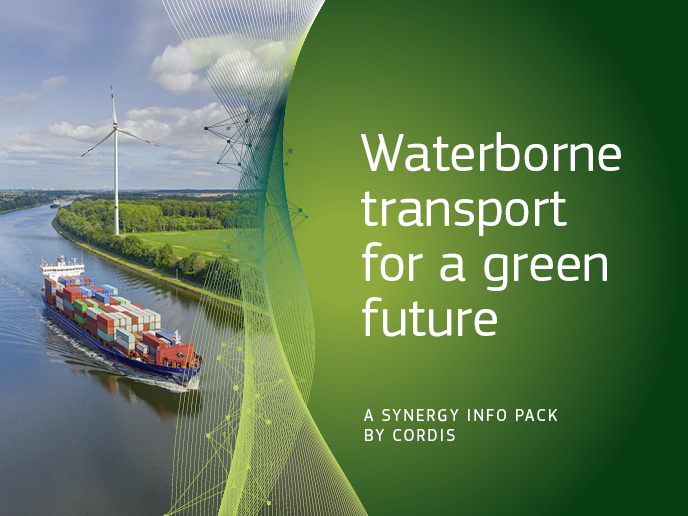Defining maritime research priorities
The 'Visionary concepts for vessels and floating structures' (Visions) project was established to implement a creative process to be used for defining and validating visionary concept outlines for vessels and floating structures. The process, organised by leading industrial and research core partners, was to be vertically structured across five business areas and horizontally across seven expertise fields. An overview of the Strategic Research Agenda (SRA) priorities in relation to the European Technology Platform (ETP) Waterborne was published to address Vision 2020 challenges and targets. An implementation plan was needed to provide the detailed structure for a route map for the research topics. This was structured using a technology impact evaluation by ranking research priorities, clustering topics contributing to a common vision goal, and identifying potential application objectives. The SRA priorities were characterised under the Waterborne pillars of sustainability, competitiveness and growth. Pillar 1 (Safe, sustainable and efficient waterborne operations) included several priorities: implementing goal/risk-based frameworks for future generations of passenger ships; creating databases and reporting systems for recording waterborne accidents and incidents to achieve the zero accidents target; activities aimed at low emissions vessels and waterborne activities; and enhanced waterborne security. Under Pillar 2 (A competitive European maritime industry), the focus was on innovative vessels and floating structures, innovative marine equipment and systems, tools for accelerated innovation, next-generation production processes, effective waterborne operations, and new and extended marine operations. Priorities falling under Pillar 3 (Manage and facilitate growth and changing trade patterns) included development of new ports and infrastructures, interoperability between modes, more effective ports and infrastructures, intelligent transportation technologies, and infrastructure building and dredging. Results of the visionary process that evolved through work focusing on the research topics identified above can be used as input to define R&D strategy for the maritime industry. This will boost competitiveness and drive growth in related fields for operations over the next 5 to 15 years.







